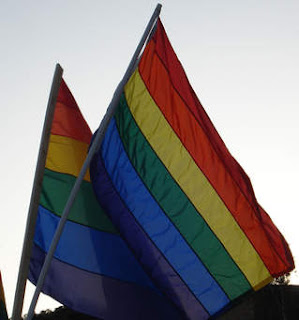Kampala Uganda: Pride Uganda; a Uganda-led story of visibility and the story of Pride -Part 2
PRIDE
Ugandan LGBTIQQ Community is a collective at the interface of normalized patriarchy, matriarchy and gender expansiveness. It is a community of women and men who are negotiating pro-actively how to productively live their lives. It is the repository of women whose bodies cannot limit the inner gender-self. It is a repository of men whose bodies cannot contain the inner gender-self who defies assigned gender and normativity.
They are a collective who have turned potential biases into useful community mobilization markers and change initiators. They dismiss attributive bias and are now engaging in activities that contribute to their community welfare. Pride Uganda is a series of activities marked in June or July every year. The activities range from paying for a venue (they contribute large sums of money to venue proprietors), buying refreshments (they pay money for food and beverages which means the LGBTIQQ community indirectly pays salaries of employed people at the different venues), pay for security detail as well as transport to and fro a given venue. There are others who prefer to engage in philanthropic or charitable community activities like visiting inmates; visiting orphanages and providing food; and mobilizing communities for comprehensive HIV Prevention Awareness to name but a few of the activities. Pride Uganda is taking on an expansive definition and through it many are allowed to remember what happened at StoneWall, New York in 1970. But, for the Ugandan community it is also a means to adapt Pride to fit into a Ugandan context.
In these series we shall be bringing you articles under one theme we have termed: PRIDE
A story titled: How Activists Plotted the First Gay Pride Parades that run on the 9th June 2017 By Brynn Holland in History.com
It was New York City in the 1960s and it was illegal to display “homosexuality” in public, for establishments to serve gay people liquor, or for two people of the same sex to dance together. Men could be arrested for wearing drag and women for having less than three pieces of “feminine” clothing. In 1966, the Stonewall Inn opened and soon became known as a place where everyone, regardless of identity or sexual orientation, was allowed to be themselves and dance. When the police raided the Stonewall Inn three years later, the riots that ensued sparked a global movement.
One woman in handcuffs was hit over the head by an officer. She pleaded with the crowd to “do something.” They responded by throwing pennies and other objects at the police. As the crowd reached hundreds, a full-blown riot ensured. Ten police officers barricaded themselves inside the Stonewall. The crowd set fire to the barricade.
On June 11, 1999, President Bill Clinton issued the first-ever proclamation declaring June to be Gay and Lesbian Pride Month. His successor, George W. Bush, did not continue the tradition. The practice was picked up again by Barack Obama, who declared June LGBT Pride Month all eight years of his administration. On June 24, 2016, President Barack Obama also established a 7.7-acre area around the re-opened Stonewall Inn as the Stonewall National Movement, turning the site that sparked a worldwide movement into the first LGBT national park site in the United States.
For more: http://www.history.com/news/how-activists-plotted-the-first-gay-pride-parades







Comments
Post a Comment